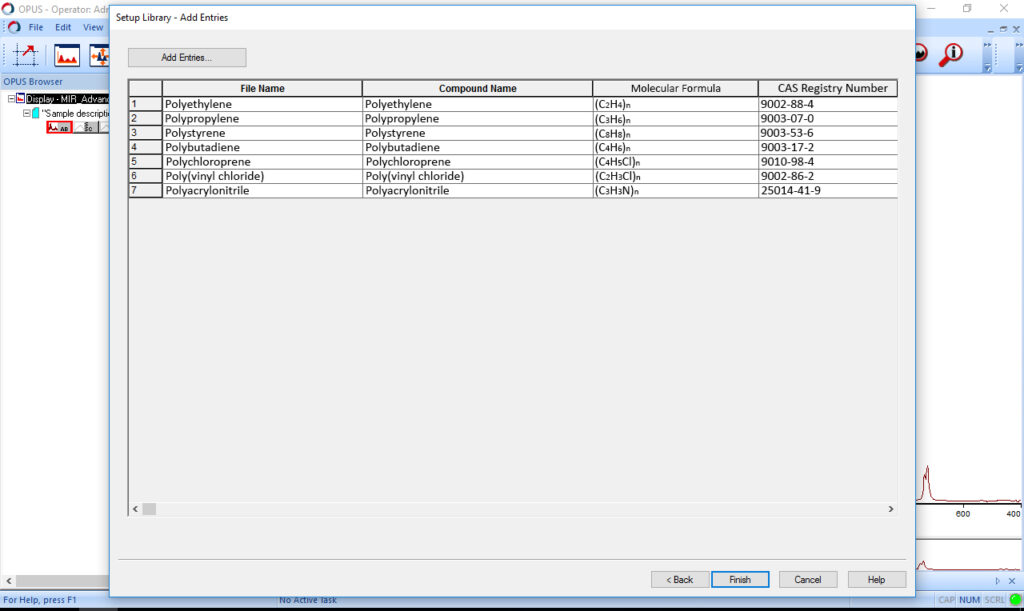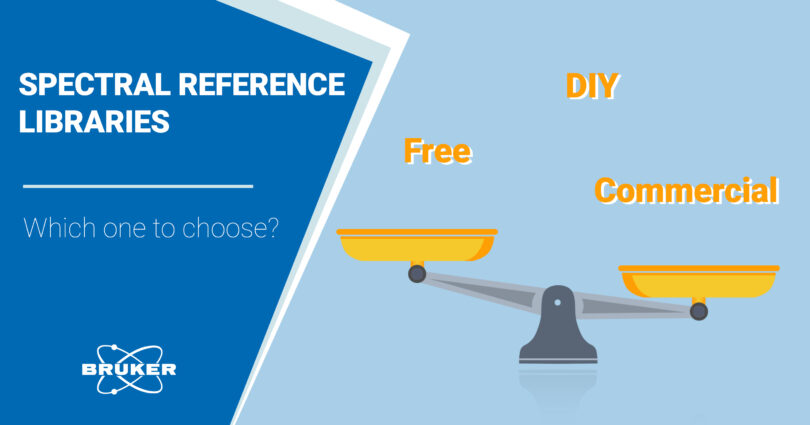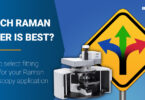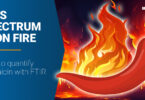As we have learned in our previous blog entry “Spectral Libraries – Nothing to be quiet about!” spectral reference libraries for FT-IR and Raman assist you in comparing unknown spectra to a number of existing reference spectra and finding the most comparable spectrum.
The key benefit is that spectral search is quick and can also be used by people with minimal experience.
Basically, three different types of spectral reference libraries exist.
- Free libraries
- Commercial libraries
- User created libraries
All these libraries have their advantages and disadvantages which we will discuss below.
Free spectral libraries:
Use with caution …
One can find countless spectral reference libraries on the Internet. They are available for both FT-IR and Raman.
Advantages:
- Offer wide variety of reference data
- Free of charge
Disadvantages:
- Data possibly incorrect because not reviewed by specialists
- Often small and only cover narrow range of applications
- Need to find library fitting your applications or research
Important to check carefully when choosing free libraries
Example: the RRUFF mineral spectral library
Minerals have long played an important role in our lives. Already in prehistoric times they were used for cave paintings and jewelry. Since then, their use has continued to increase. Minerals are important natural resources and are found in many products of everyday life. Because of this, it is important to be able to identify minerals unambiguously. And reliable libraries are essential for this.

One such library is the RRUFF open-access Raman spectral database. It provides free data for everyone. Besides Raman spectra, the database also contains XRD and IR data as well as photos of the minerals. To make sure that the data is of high quality, the library is constantly reviewed and strict protocols are followed. All measurements are performed by specialists at the University of Arizona under standardized conditions.
This makes the RRUFF database a good and reliable example of free libraries.
Commercial spectral libraries: Quality comes at a price …
Advantages:
- Full collections or specialized subsets in accordance with your application
- Are provided in a format compatible with your instrument software
- Data examined by spectroscopists with extensive experience
- Increase chance of finding a match to unknown spectra
- CAS number, chemical formula, and other details given
- Contain fast number of reference spectra
- Follow strictest purity requirements
- Spectra uniformly recorded
Disadvantages:
- Large number of spectra might lead to wrong matches
- Large number of spectra leads to long data matching
- High acquisition costs
Important to cross-check whether match makes sense
Example: the TICTAC drug library
Suppose your analysis decides whether someone faces serious consequences for possession of illegal drugs. Accordingly, you demand an unambiguous and reliable result with as little chance as possible for a false positive. Bruker has been working with TICTAC Communications LTD for years to provide exactly that.

The TICTAC Library is usually used in tandem with the ATR Complete Library. While the ATR complete sifts through the samples looking for true hazards, it identifies all diluents and lacing agents. Afterwards the TICTAC Library yields a conclusive result of the illicit substances involved.
It is a great example of where a lean, highly specialized library elevates a large, generalized library for a truly comprehensive chemical analysis.
DIY libraries:
Your data, your time …
Advantages:
- Best access to sample types that are reflective of your work
- Create own polymer, gas phase, and mineral libraries
Disadvantages:
- Time consuming (needs to be build first, spectral data must be of good quality)
Example: create a library with Bruker’s OPUS
You have decided to create your own library? Excellent! While it can take a lot of time measuring and curating all the necessary spectra and information, let me recommend the Library Setup in Bruker’s OPUS software.
It makes creating your own libraries a lot easier by providing an intuitive workflow. But please remember: any DIY spectral library can only be as good as the spectra you upload. Therefore, always make sure that you only use IR or Raman spectra of pristine quality and clearly identifiable data.

The take home message
If your lab or institute is short on budget a free library might be a good choice if caution is payed. In case you work with very specific compounds a DIY library can be an excellent idea. And if you need to have a large number of references spectra available, a commercial library is indispensable.
In the end, your decision for one or more spectral reference libraries must be based on your applications and specific needs.








